What is a Guitar Capo
Capo is short for capotasto, which means “head of fretboard” in Italian. A guitar capo is a clamp used on the neck of the guitar to shorten the playable length of the open strings and therefore raise their pitch by a chosen amount. Besides guitars, capos are also used on the lute, the mandolin, mandola, square-necked dobro, resonator steel guitar, Greek bouzouki and the banjo.
Styles of Music
Certain guitar styles feature the guitar capo more than others. The capo is used a lot in music styles such as Spanish flamenco, traditional Irish music, British and American folk. It is rarely used in predominantly instrumental music styles such as classical music and jazz music. In this age of indie rock, acoustic guitar singer-songwriter music and percussive guitar, the guitar capo is used a lot more again.
Using a Capo
The most common reason to use a capo is to be able to play in a different key while still being able to use “open chords.” Open chords are guitar chords which contain open strings and are usually played in the first four frets. A capo can be thought of as a movable nut, transposing the guitar into a higher key.
If you want to play a song which is in a key with no open chord shapes, such as the key of E![]() , the guitar capo can be used to enable to you play the song using open chords.
, the guitar capo can be used to enable to you play the song using open chords.
Basic major and minor chords which have open chord shapes in the 1st position are: C, D, E, G, A, Am, Dm and Em.
For example, take this chord progression in the key of E![]() :
:
If you would place a guitar capo on the 3rd fret, you would be able to play these chords using the following open chord shapes:
You can see how these chord shapes are used in the photos below.
Another way guitar capos come in handy is when you are a singer and want to accompany yourself on the guitar using open chords. You might be looking at a piece which uses easy-to-play guitar chords like the following:
However, when you sing along to yourself playing these chords on the guitar, you might find it’s a bad key for your vocal range. To quickly find a solution to this problem, you need to find the best key to complement your vocal range, and use a guitar capo to transpose your guitar to that key.
In this example, let’s assume you found that the best key for your voice was F#. You would simply clamp the guitar capo to the 6th fret and play the same chords. Although you wouldn’t know it, these are the new chords you are now playing:
Where to Place a Guitar Capo
To figure out which fret to place the capo on, count the number of semitones (or frets) from the key of the open chords up to the key that you want the guitar to sound.
For example if we again look at this chord progression in the key of E![]() :
:
Take the first chord E![]() . If we want to sound this chord while playing an open chord shape C, we count 3 semitones from C up to E
. If we want to sound this chord while playing an open chord shape C, we count 3 semitones from C up to E![]() . Therefore the guitar capo has to be placed on the 3rd fret. You would then be able to sound this chord progression while playing these chords:
. Therefore the guitar capo has to be placed on the 3rd fret. You would then be able to sound this chord progression while playing these chords:
The capo or use of the guitar capo shouldn’t be used as an excuse to avoid learning bar chords or how to transpose. It can actually be used to create very unique and “un-guitaristic textures,” especially when placed on the higher frets where it yields an almost mandolin or ukulele type of sound.
Sometimes partial capos can also be used. These clamp only a select number of strings creating even more unique sounds. For more on partial guitar capos, see the following link and video discussing capos.
About the Author
Daniel Coffeng is an honors graduate from the Guitar Institute of Technology and is a Los Angeles, CA based performing guitarist, freelance studio musician and music educator specializing in modern contemporary guitar.
– Continue learning with Learn To Play Music at LearnToPlayMusic.com
– Chord Photography by Sarah Petrusma
For some additional capo techniques, check out the blog post on Music Space Episode 7, where guitarist Sheryl Paige discusses and demonstrates guitar capo techniques.










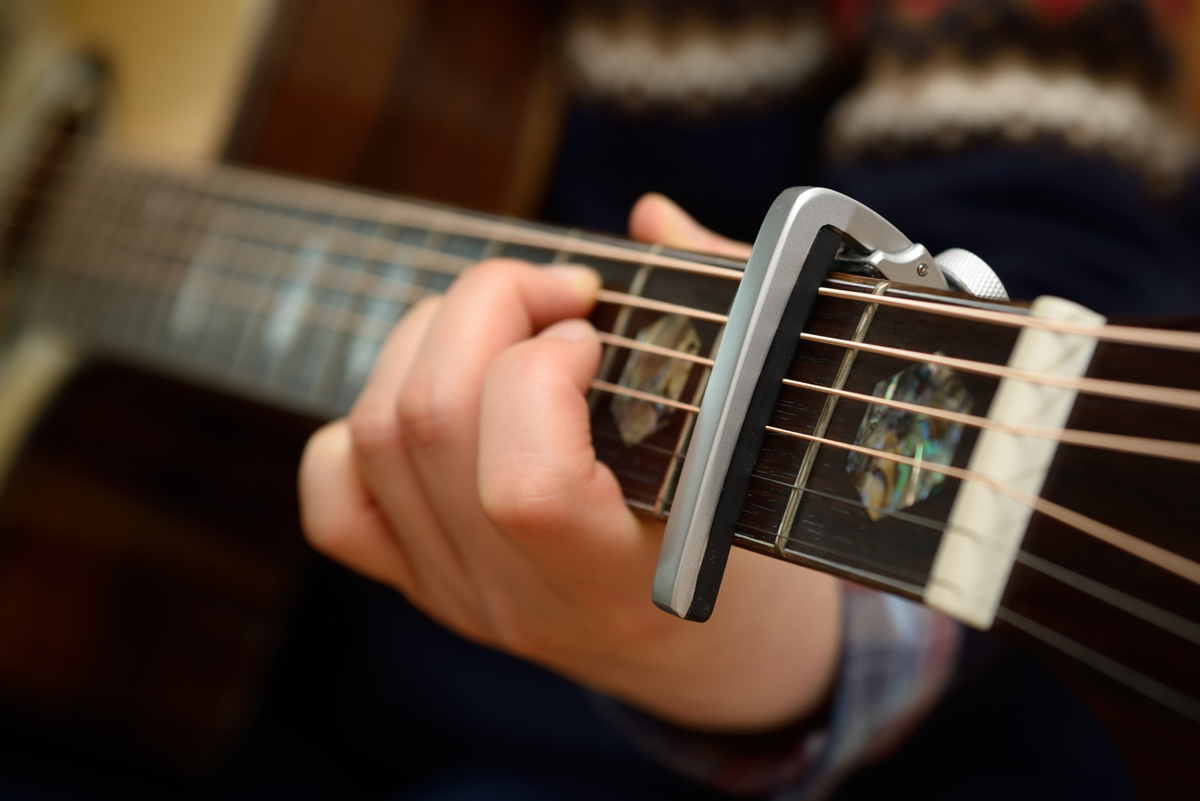


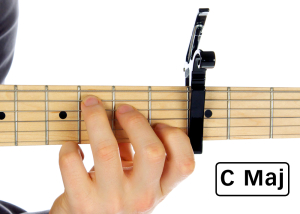
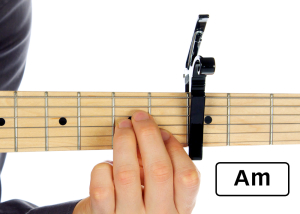
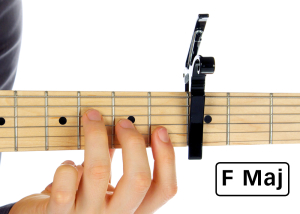
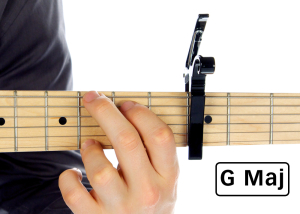















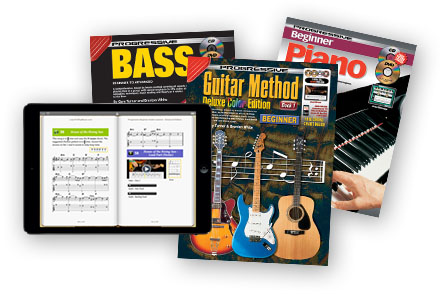






May God richly bless you million times a day, for your good work you are doing on me, I know your labour will never be in vain. God will surely reward you for your good works. I am a young man whom I wanted to learn how to play bass guitar to help the work of God but I don’t have money to bear the cost of its tuition that is why I want your help to become the bass guitarist. So apart from this if you have any means also to help me out please with all due respect do it. Your tuition is the best keep on doing the good work. Thank you and have fruitful and wonderful day. Amen !
Thanks Dada Azzaee, we love hearing from passionate & enthusiastic music students. You can view our free Bass lessons on our blog by following this link:
http://www.learntoplaymusic.com/blog/?p=2738
As part of the special promotion for our new website, you can also download a free Bass eBook if you become a free member with us by following this link:
http://www.learntoplaymusic.com/join
We hope this helps you to continue learning to play the music you love!
– The LearnToPlayMusic.com Team